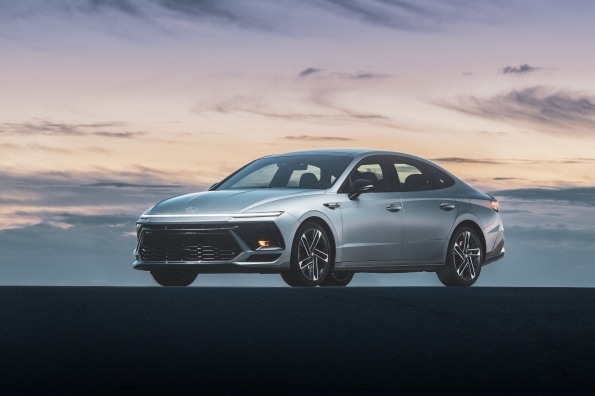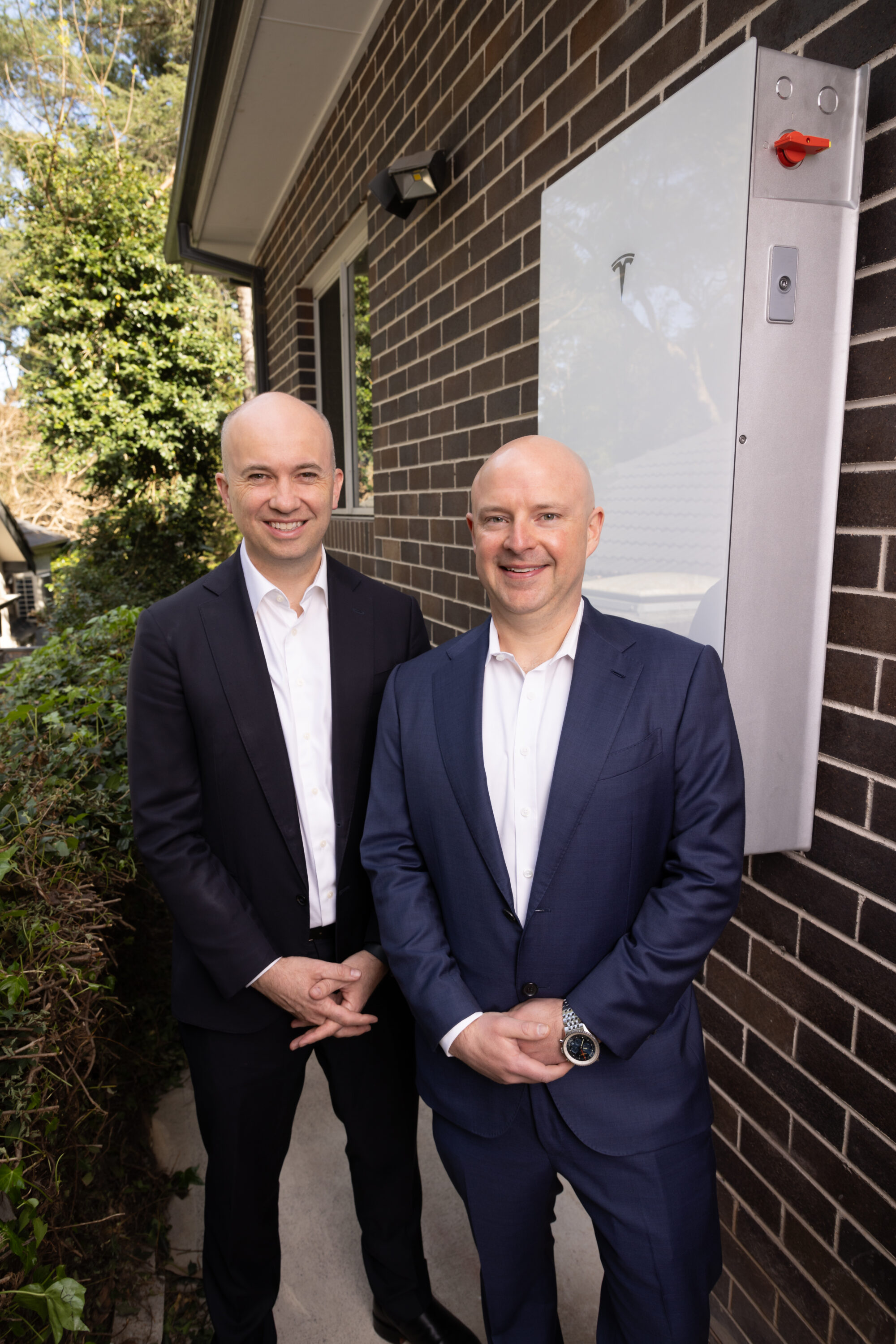
The wildlife filmmaker Bertie Gregory is continuing a spectacular run of projects with the new Animals Up Close With Bertie Gregory series, unspooling this week on Disney+. The new show features drones and other new filmmaking equipment, but it caught the CleanTechnica eye because Bertie and his crew also relied on centuries-old wind power harvesters — aka sails — to make the magic happen.
A Wind Power Assist In An Environmental Haven
“I’m a big believer in sailing,” Mr. Gregory told CleanTechnica in an exclusive interview last month, when the topic of wind power came up. “There is less impact on the environment.”
Environmental impact is a key consideration for the stories behind the Animals Up Close episodes.
In the Devil Ray Islands episode, Bertie and his team relied on wind power to sail among the coral reefs of Indonesia, to attempt the almost-impossible task of spotting a devil ray.
Described as “one of the reef’s most elusive predators,” devil rays gather each year at the reefs to feast on anchovies.
That the location itself still exists is practically a miracle. The reefs featured in Devil Ray Islands almost disappeared from the face of the earth, environmentally speaking, until local residents came to the rescue.
“Devil Ray Island is home to extraordinary coral reefs,” Bertie explained. “But, 20 years ago it was getting destroyed. It was overfished with dynamite fishing and shark finning. The local community came together and said, ‘No we’re not doing this. No fishing allowed.’”
“Twenty years later the marine environment has made an amazing recovery,” Bertie continued. “What I loved is not only is the wildlife thriving, but the local community is, too. The fishermen in nearby waters are benefiting. Conservation is good for wildlife and good for people.”
More Wind Power For The Seven Seas
You can catch more wind power at work in the Antarctic Killer Whales episode, in which the team travels on a small boat through the notorious Drake Passage to catch sight of the B1 group of whales.
In the meantime, wind power has been returning to the global cargo shipping industry after a 100-year hiatus, though the new sails have more in common with wind turbines and airplane wings than the flapping canvases of olden days.
CleanTechnica recapped some of the new high tech sailing ship developments back in 2020, featuring a wind power and solar energy combo, an energy storage system, a tube-shaped wind harvester, and a telescopic sail design.
Things have been moving along at a fast clip since then. Last month CleanTechnica caught wind, so to speak, of a new hard sail design from the UK firm Green Technologies, which borrows aerodynamic know-how from the Formula One racing experience of its engineering and design team.
Called AirWing, the new hard sail is estimated to cut carbon emissions and fuel costs between 10% to 30% as a retrofit on existing ships. For purpose-built ships designed to take full advantage of wind power, the savings could range up to 50%.
Heavy Hitters Go To Bat For Wind Power
Fossil energy stakeholders are still pushing hard for a share of the global economy, but other powerful economic interests are pushing back. Another wind power project to cross the CleanTechnica radar is WindWings, a new hard sail technology developed by Yara Marine Technologies and BAR Technologies. Two WindWings devices set sail on their maiden voyage last month aboard the Mitsubishi ship Pyxis Ocean, chartered by the leading global food systems firm Cargill.
The European Union also supported the WindWings project under the CHEK Horizon 2020 zero emission shipping initiative.
On its part, Cargill seems willing to take the fight to fossil energy stakeholders.
“The maritime industry is on a journey to decarbonize,” said Jan Dieleman, President of the ocean transportation branch of Cargill. “We have a responsibility to pioneer decarbonizing solutions across all our supply chains to meet our customer’s needs and the needs of the planet.”
“A technology like WindWings doesn’t come without risk, and as an industry leader – in partnership with visionary shipowner Mitsubishi Corporation – we are not afraid to invest, take those risks and be transparent with our learnings to help our partners in maritime transition to a more sustainable future,” Dieleman added with a twist of the knife.
More Wind Power For Cargo Ships
Yara and BAR plan to build hundreds of WindWings over the next four years, aiming at the retrofit market. Cargill is already anticipating the fuel savings benefits.
“On an average global route, WindWings can save 1.5 tonnes of fuel per WindWing per day – with the possibility of saving more on trans ocean routes,” Cargill explains. This can translate into vessel owners saving heavy fuel oil (HFO) at c$800 per tonne, which will become even more important when saving against future fuels which will undoubtedly cost a lot more.”
BAR is also looking into additional savings when new ships are purpose-built with aerodynamic hulls that provide more wind power bang for the buck.

It’s The Little Things
For all the big numbers floating around, Bertie would like to remind everyone that individual action still matters, as reflected by his approach to wildlife filmmaking.
“One of the things I’m most proud of is that we don’t shy away from the bigger environmental context,” Bertie told CleanTechnica. “In the past we’ve been guilty of portraying the ‘Garden of Eden’ where humans have no impact. Now we include impact in every episode. We also celebrate conservation success stories, the times humans have got it right.”
“That place is a blueprint for how we can all protect,” he added, referring to the coral reefs featured in Devil Ray Islands. “Wherever you live, however small the natural world you have near you, you can fight to protect it but also fight to make it bigger, and make that little patch wilder.”
That’s not such a tough row to hoe for anyone with access to a yard, as indicated by the pollinator garden trend. Pollinators love native plants and the trendspotters at Architectural Digest and Better Homes and Gardens have spotted a trend.
Judging from the number of articles on the topic, using wind power, solar power, or just plain ambient air power to dry the laundry is another micro-trend to watch. No word yet on how sales of indoor drying racks are going, but the market for outdoor, wind-powered clothes drying seems to be in boom mode.
Over here in the US, a high tech ultrasonic laundry drying system is in the works, but why wait around for that to hit the market when a simple clothesline will do the trick?
Follow me tinamcasey on Bluesky, Threads, Post, LinkedIn, and Spoutible.
Photo: Zero emission ships are featured in the new Bertie Gregory series on Disney+, Animals up Close (Credit: “Dewata sailing with islands in the background” courtesy of National Geographic for Disney+/Bertie Gregory).
I don’t like paywalls. You don’t like paywalls. Who likes paywalls? Here at CleanTechnica, we implemented a limited paywall for a while, but it always felt wrong — and it was always tough to decide what we should put behind there. In theory, your most exclusive and best content goes behind a paywall. But then fewer people read it! We just don’t like paywalls, and so we’ve decided to ditch ours. Unfortunately, the media business is still a tough, cut-throat business with tiny margins. It’s a never-ending Olympic challenge to stay above water or even perhaps — gasp — grow. So …




